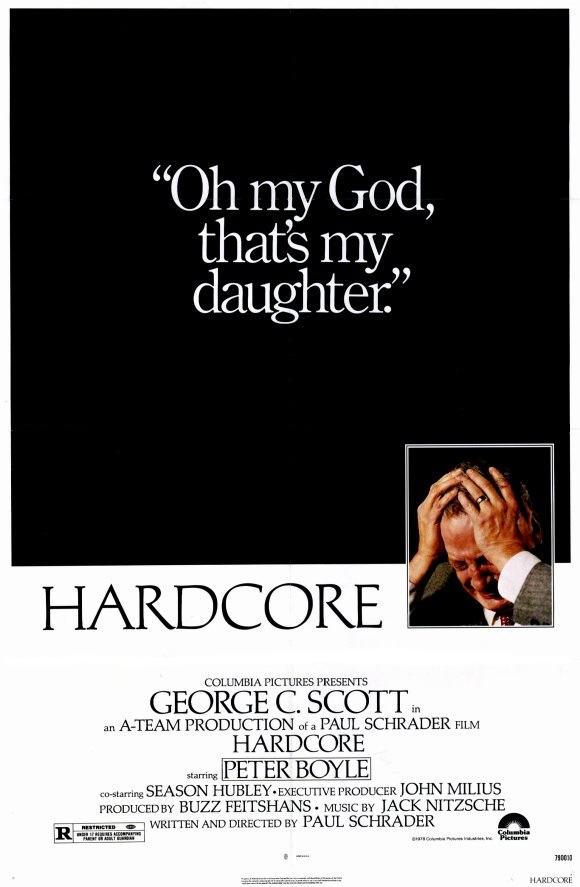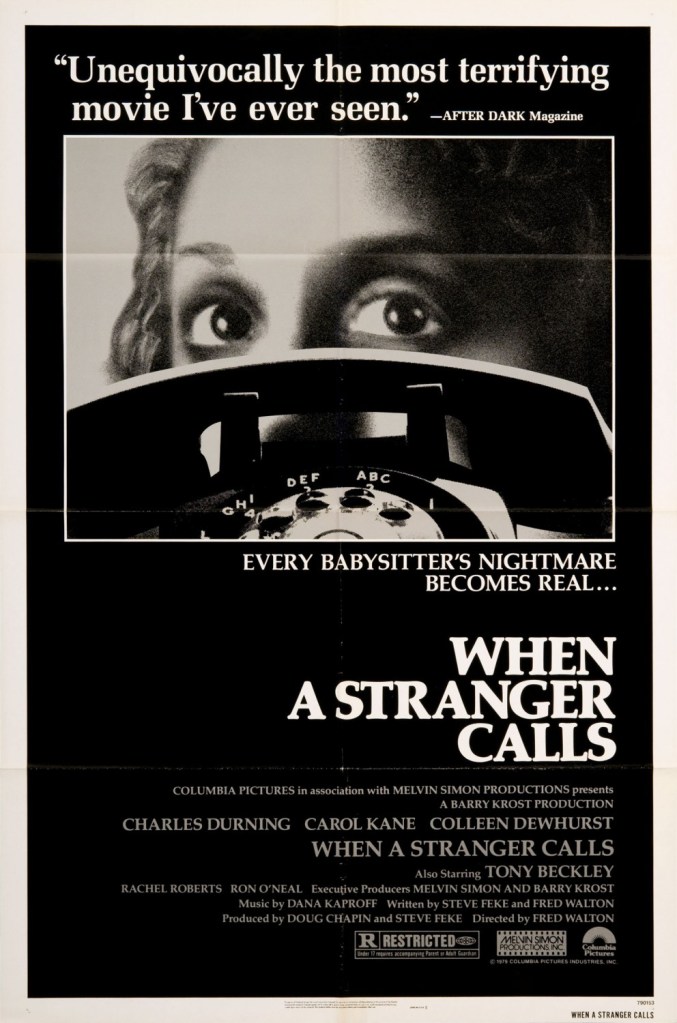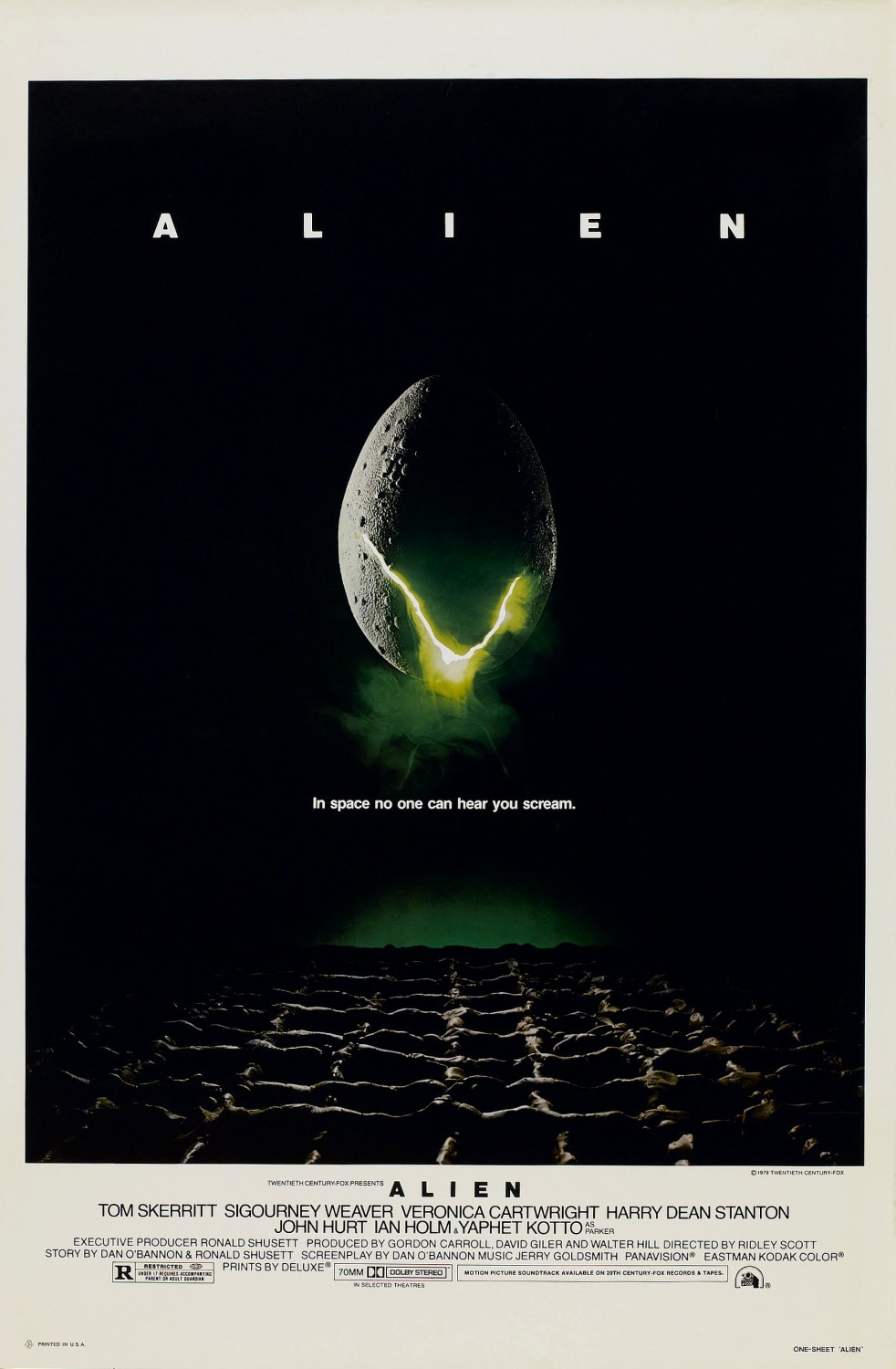‘Rocky: The Knockout Collection’ 4K Review

The following review was written by Ultimate Rabbit correspondent, Tony Farinella.
When it comes to the genre of underdog sports films, they don’t make them any better than the original “Rocky.” It was a film that came along at the right place at the right time and with the right actor. After all, Sylvester Stallone was the writer of the original “Rocky” script, and he demanded to star in the film even though the studio wanted a big name. Stallone was unknown at the time. It’s been 47 years since “Rocky” came out, but its staying power will last forever. It is why I was extremely pleased to hear Warner Brothers was going to be releasing a collection of the first four “Rocky” films in 4K and in a set. It was one of my most anticipated releases of the year so far.
Many of you who are reading this review might be asking, “Where is ‘Rocky V?’ What about ‘Rocky Balboa?’ The ‘Creed‘ movies?” I heard rumblings that there are possible director’s cuts coming out for “Rocky V” and “Rocky Balboa.” As far as the “Creed” movies, I would imagine they will get a separate release, as they are part of their own universe. Now with all that out of the way, this review is going to focus on the first four “Rocky” movies and how they are available on 4K for the very first time.

The original “Rocky,” released in 1976, was nominated for 10 Academy Awards and won Best Picture. When revisiting the film, which I’ve seen a number of times, it is easy to see why it has such staying power. It starts with the relationship between Rocky Balboa (Sylvester Stallone) and a shy young woman named Adrian (Talia Shire) who works at a pet store. For my money, “Rocky” is a love story, first and foremost, and it is a sports movie second. The interaction Rocky and Adrian have with one another in his apartment is one of the most tender and genuine love scenes I’ve ever seen on film.
Rocky Balboa is a local southpaw boxer in Philadelphia where he makes little to no money, and he takes a lot of abuse in the process. He also collects for a local loan shark named Tony Gazzo, played by Joe Spinell. He hangs out at a local pub with his friend Paulie (Burt Young), who also happens to be Adrian’s brother. Paulie isn’t always the easiest guy to get along with, but Rocky is a very patient and understanding individual. As a matter of fact, you would be hard-pressed to find anyone that doesn’t like Rocky. It’s a well-known fact these days that Stallone was not someone the studio wanted to portray Rocky. However, the script was written by him, and he knew this character inside and out. He went on to write and direct “Rocky II, III and IV” which are also included in this set, along with “Rocky Balboa.”
That’s the beauty of this film. Stallone was an underdog actor at the time he sold his script, and the film is about an underdog boxer who is given a chance to fight the heavyweight champion of the world, Apollo Creed (Carl Weathers), after Creed’s original opponent ends up injured. Creed, being the shrewd businessman that he is, figures it would be a great idea to give an underdog a shot at the title in order to create a marketable gimmick and make some money. Rocky Balboa knows this is his chance to prove he can go make something of himself and stand out as a winner. He is trained by the cranky yet seasoned Mickey (Burgess Meredith), who is finally willing to give Rocky a chance. The two of them joust verbally back-and-forth with one another for some great comedic relief.

In “Rocky II,” Rocky is dealing with life after the big fight with Creed. Even though he didn’t win, he went the distance with the champion which shocked the world. He lasted all fifteen rounds and lost based on the decision of the judges. Regardless, many people think Rocky was the true winner of the fight. He has to figure out how to live a normal life now that he’s a well-known figure not only in Philadelphia, his hometown, but around the world as well. He starts to do commercials and even ends up with a manual labor job, but he realizes his true calling is as a boxer.
Apollo Creed also has a score to settle with Rocky. He wants to knock him out and prove to the world and himself that he’s truly the world heavyweight champion. Creed wants to show everyone that what happened in their previous fight was a fluke. Rocky, on the other hand, might go blind if he gets in the ring again after what happened in their last fight. He took quite a beating, but he came back for more. He knows he’s a fighter, and he knows the risks, even though he has to think of Adrian now and their child. Mickey has devised a plan for Rocky which he thinks will allow him to win the fight and protect his eyes at the same time.

In “Rocky III,” Rocky is forced to handle success. He learns that Mickey has been protecting him from the really good fighters out there because he wants to keep him safe and look out for him. This causes Rocky to feel like a paper champion and question his manhood. There is also a tough challenger coming for him by the name of Clubber Lang (Mr. T) who is hellbent on embarrassing Rocky in the ring and becoming heavyweight champion of the world. This time, though, he has a new trainer in Apollo Creed. Rocky once again must learn a new fighting style: it is one based on endurance and speed. Clubber Lang is bigger and stronger than Rocky, so it will take everything Rocky has in him in order to defeat him.

“Rocky IV” is where it gets very interesting, as there are two cuts of the film featured here on one disc. There is the original “Rocky IV” theatrical cut and also “Rocky IV: Rocky vs. Drago,” which is the ultimate director’s cut. This time, Rocky finds himself having to fight his biggest opponent yet in Ivan Drago (Dolph Lundgren), who is a foot taller and thirteen years younger than him. He also must train in Russia as the fight will be taking place there on Christmas Day. Rocky will not only train like he never has before, but he will have to win in enemy territory against “The Russian,” as he’s referred to many times throughout the course of the film.
I didn’t want to give four full-length reviews for these films, as I imagine almost anyone reading this has seen and knows them fairly well, much like myself. If I were to give my ranking of the films featured in this set, I would go with the original “Rocky” as the best, “Rocky II” as the second best, “Rocky IV: Rocky vs. Drago” as the third best, and “Rocky III” as the fourth best. I would really advise you to check out the ultimate director’s cut of “Rocky IV” over the theatrical cut. It’s only two minutes longer, but the film is more serious, intense, and flows in a much more effective manner. It’s all in the tone of the film, and I loved the tone of the ultimate director’s cut. It really gave me a new appreciation for the fourth “Rocky” film.
As soon as this set arrived, it only took me two days to go through all four films. It was truly a treat to revisit them. I understand why they released these four films in a set together. It makes sense after watching them. You can also buy them as standalone steelbooks at your local Best Buy, but I believe they have different release dates. This set is out right now and while it is far from perfect, I’ll explain why later, if you are a “Rocky” fan, you have to buy this set for your collection. The original “Rocky” will always be a great, great piece of cinematic history. The second film is very, very good as well. The third one is good, but not great. “Rocky IV: Rocky vs. Drago” is also much improved with the ultimate director’s cut.
4K Info: “Rocky: The Knockout Collection” is released on 4K from Warner Brothers Home Entertainment. This set features five discs. The first three films are on their own individual discs and “Rocky IV” has the theatrical cut and the ultimate director’s cut on it. There is also a Blu-ray disc of special features. The set also comes with a digital code to have all of them in your digital library on 4K. “Rocky” has a running time of 119 minutes, “Rocky II” has a running time of 120 minutes, “Rocky III” has a running time of 100 minutes, and “Rocky IV” has a running time of 91 minutes (theatrical cut) and 93 minutes (ultimate director’s cut). All the films are rated PG. The set comes in a flipper case with a thick cardboard slipcover, so the discs are not stacked on top of each other and can be flipped through with their own slot. On one hand, I would have loved it if they released these films in four separate cases with slipcovers in a box set. However, for space reasons, this set works for me as it’s easy to put on the shelf with all four films together on five discs (including the Blu-ray special features disc) in a single set which isn’t much bigger than your average 4K film with a slipcover. All of the films come with Dolby Vision as well, which I was VERY happy with as a 4K collector.
Video Info: Let’s talk about the look of these films. The original “Rocky” is probably the worst looking film out of the bunch. I say this because of the age of the film and its low budget. It doesn’t look awful or terrible, but I don’t think it’s ever going to be a film that looks spectacular or blows you away. There is noticeable grain here, but in many ways, it adds to the gritty nature of the original film. That being said, if you are looking for a major upgrade with the first film on 4K, you probably are going to be disappointed. “Rocky II” looks very, very good. It’s a clean transfer which is smooth looking and crystal clear. The boxing scenes, in particular, look the best I’ve ever seen them look. This is when you can see the Dolby Vision and the HDR really, really stand out. This is a major upgrade. For “Rocky III,” the transfer is above average. It’s better than “Rocky,” but it’s not as good as “Rocky II.” There was noticeable grain, but it didn’t have the same old-school charm as the original look of the film. The best-looking film out of the bunch, far and away, is “Rocky IV.” I wish the majority of the films looked like this. This counts for both the ultimate director’s cut and the theatrical cut. You can see everything on their faces, and they really cleaned up this film. It looks beautiful and modern.
Audio Info: The following audio formats were used: English DTS-HD 5.1 Master Audio, English/Spanish/French Dolby Digital, and 2.0 Dolby Digital with subtitles in English, French, and Spanish. I’ve read from a lot of people online that are unhappy with how the films sound. Personally, I don’t think the audio issues are as bad as advertised, and the problems don’t take away from the viewing experience. At times, the films can fluctuate in audio, but the dips are not that frequent. They are here and there throughout the four films. Truth be told, I would not have ever noticed these issues unless they were pointed out to me. Overall, though, I think it’s much to do about nothing.
Special Features:
“Rocky” 4K Special Features:
Audio Commentary featuring Sylvester Stallone.
Audio Commentary featuring John G. Avildsen, Irvin Winkler, Robert Chartoff, Talia Shire, Carl Weathers, Burt Young, and Garrett Brown.
Audio Commentary featuring Lou Duva and Bert Sugar
Bonus Features Disc:
The Making of Rocky vs Drago: Keep Punching
8mm Home Movies of Rocky
3 Rounds with Lou Duva
Steadicam: Then and Now
Staccato: A Composer’s Notebook
The Ring of Truth
Tribute to Burgess Meredith
Stallone Meets Rocky
Trailers
* * * ½ out of * * * *
Should You Buy It?
This set was delayed in getting to me as it had a street date of February 28th, and I imagine a lot of that had to do with people complaining about the audio issues. I’m not a film snob by any means, but I am very particular about the audio and visual quality of 4K releases, as I’ve invested heavily into the 4K format. With all that being said, the pros outweigh the cons. Yes, not all of the films look great, but this is the best they have ever looked, with “Rocky II” and “Rocky IV,” in particular, looking fantastic. Yes, the audio is problematic at times, but it’s not so noticeable that it impacted my ability to hear the films or enjoy them. Right now, the set is going for about $53 plus tax, and I think for four films in 4K that are hugely popular, it’s a good value for the price. I would say this set is imperfectly perfect, as I enjoyed watching the films and the quality of them when they were flying on all cylinders. For film fans or Rocky fans, I think there is A LOT more to like than dislike with this collection. You can buy this set with confidence and try to ignore all of those folks out there who are analyzing every little detail to death. I think people are getting way too particular with 4K films, and this is coming from someone with high standards. The key is watching and enjoying the films with quality video and audio, and I felt I was able to do that more often than not. As far as the films themselves, many would argue these are the best films in the franchise, so it’s fine that “Rocky V” and “Rocky Balboa” are not included. “Rocky Balboa” is enjoyable nostalgia, and I imagine it will get a proper 4K release along with “Rocky V” at some point. As I often bring up, the special features are old special features. It’s hard to get people to sit down and do special features anymore, I feel like. At the end of the day, buy this set and enjoy it!
**Disclaimer** I received a copy of this film from Warner Brothers to review for free. The opinions and statements in the review are mine and mine alone.





